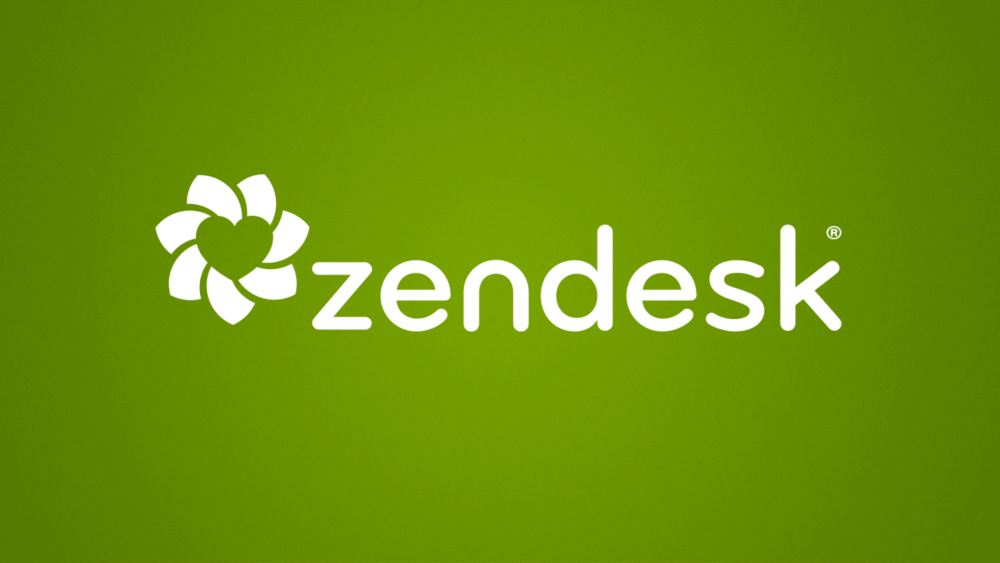That e-mail complaining about a product or service is not a collection of bad words to be ignored. It is really an opportunity to turn a bad experience into a good one…and gain a repeat sale in the future.
That is what Zendesk‘s Satisfaction Prediction is designed to do. Relying on machine learning, Satisfaction Prediction picks out those factors which make for a positive or negative customer experience in the text of an e-mail. More importantly, it can reasonably predict which support tickets are going downhill and flag them for further attention.
This was a key feature customers wanted during the beta test of Satisfaction Prediction, noted Katherine Kelly, director of product marketing for Zendesk. “It’s understanding which conversations need attention.” This feedback was rolled into a dashboard feature added to the product.
Satisfaction Prediction will assign a score ranging from 0 to 100 to an incoming customer support e-mail, with scores becoming increasingly negative as they trend towards 0. That number is not pulled out of a hat. “We’re looking at hundreds of different signals,” Kelly said. But basically, Satisfaction Prediction is analyzing the text in the service ticket, analyzing the number of times an agent responded to the ticket, and how long it took for an agent to reply to the customer, she explained.
Customers can set their own rules based on this data, telling agents what degree of response a ticket requires based on its predictive score. For example, if a ticket scores 20 (trending very negative), a company can authorize its service agent to do more to resolve the problem, hoping to turn a bad customer experience into a good one. “It’s about trying to be more pro-active, and finding opportunities in your queue of tickets.” Kelly said.
Satisfaction Prediction is only being offered to Zendesk Enterprise-level customers. Machine learning forced this cut-off, it needs a lot of data to learn from in order to be effective. “Five hundred ratings per month allows you to create a model,” Kelly said, citing this figure as a “rule of thumb.”
What ties all this together is the dashboard—a place to visually present information the client thinks is important when running a service desk. This was an outgrowth of beta testing. “We talked to them (our clients) a lot about what metrics they wanted to track,” Kelly said. “They wanted to compare predicted scores versus outcomes.”
The dashboard allows the client to focus on the current health of their service queue to see how many problem tickets are pending. That focus can be narrowed down to the team, or even individual level, to see how well staff is clearing problem tickets.
And this can happen in real time, allowing resources to be shifted towards the next cluster of problems as they come up. “This is like driving while looking through the windshield rather than driving while looking at the rearview mirror,” Kelly said. Clients can solve problems in real time rather than analyzing a problem after it has happened and doing something about it later.
Satisfaction Prediction, when configured properly, can apply pre-set rules to help service agents resolve problems as they come up, hopefully “de-escalating” a customer problem before it gets worse. Customer feedback is a key addition to the data set, providing a satisfaction score that can be cross-indexed with reply times and resolution times to improve customer service, Kelly explained.
Right now, Zendesk has 47 corporate customers using Satisfaction Prediction–basically the beta testers for the product. Kelly expects more to sign up in the near future







